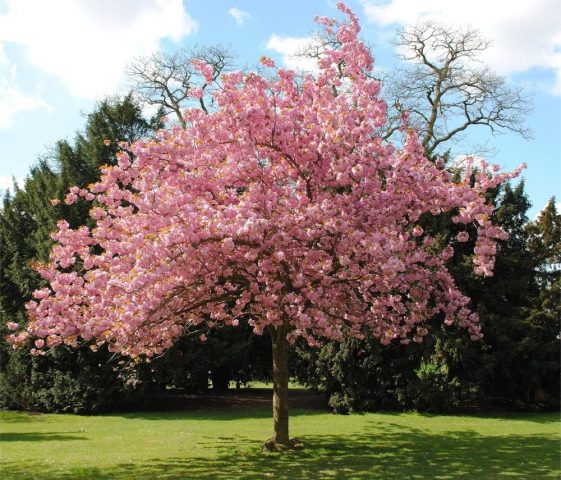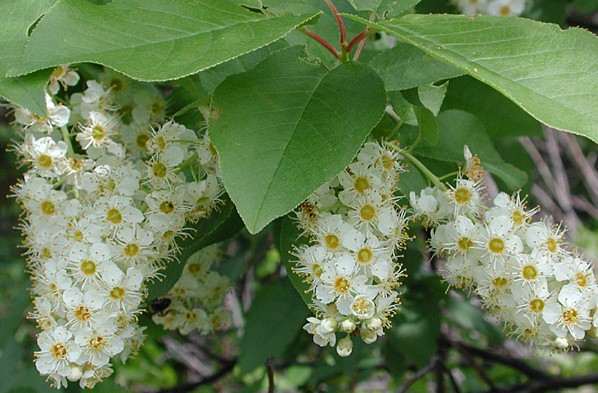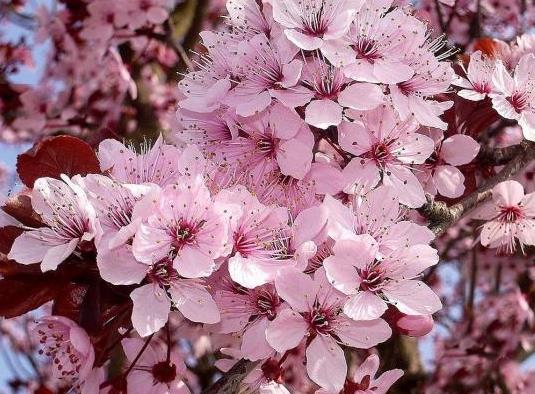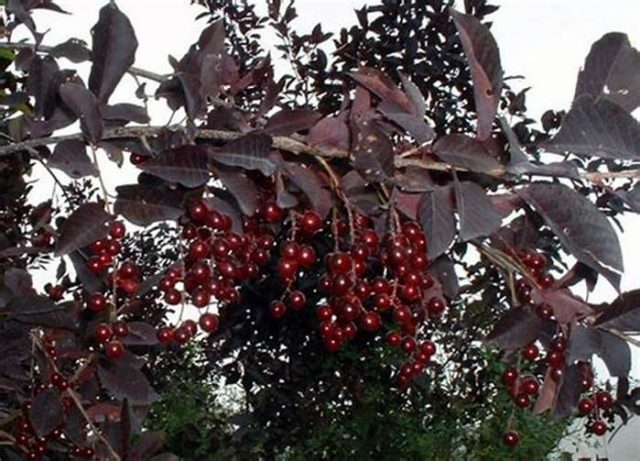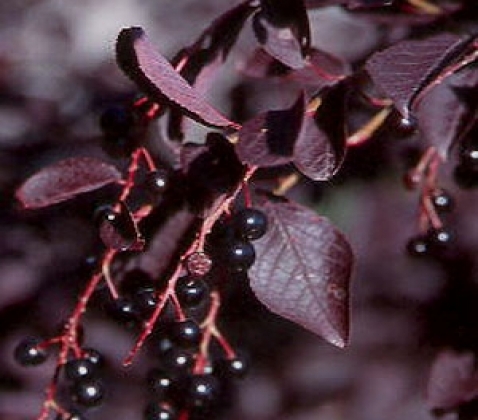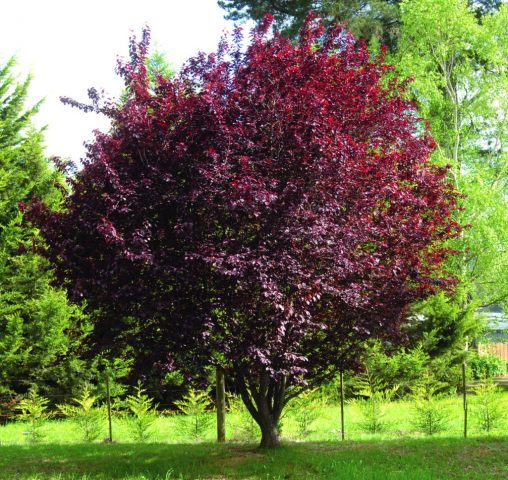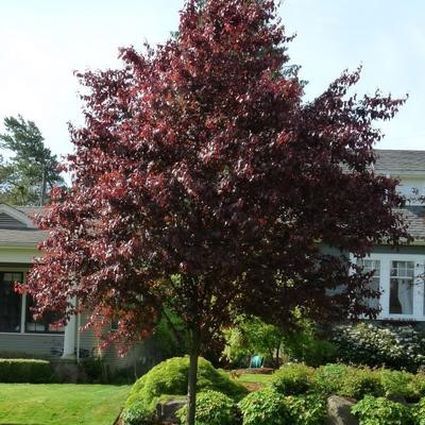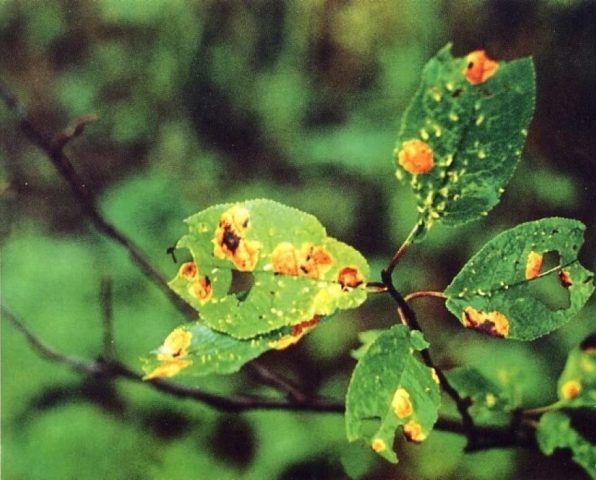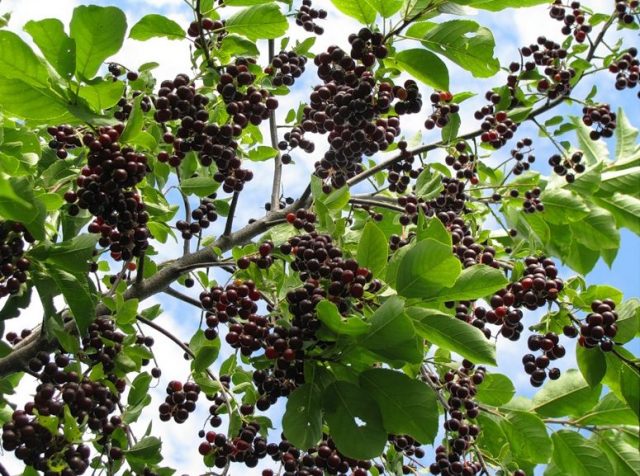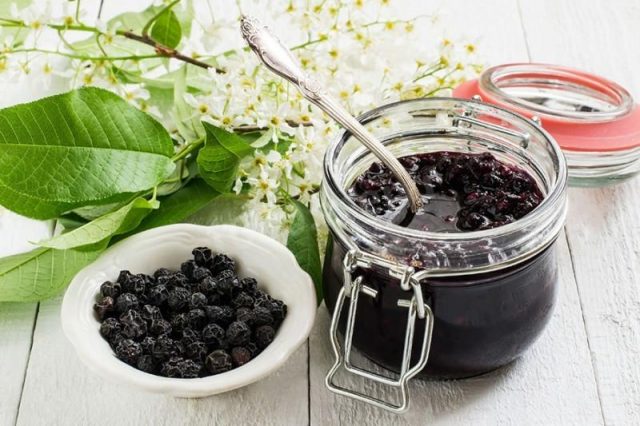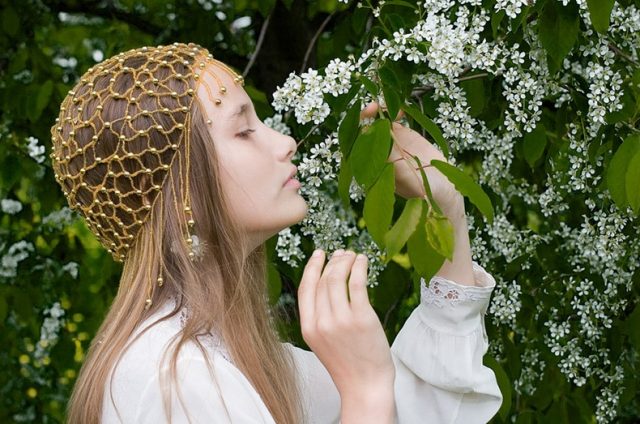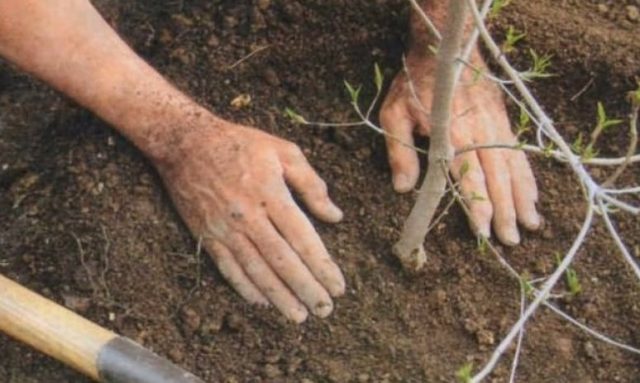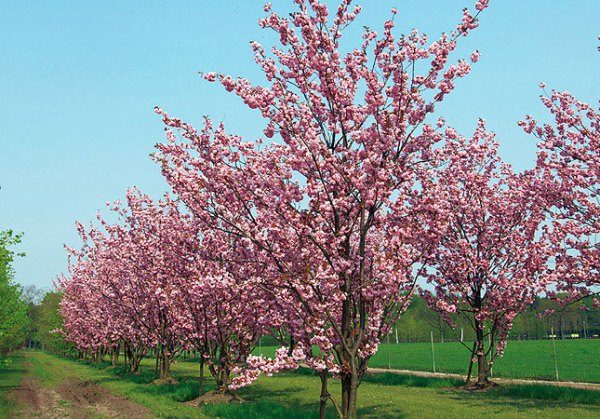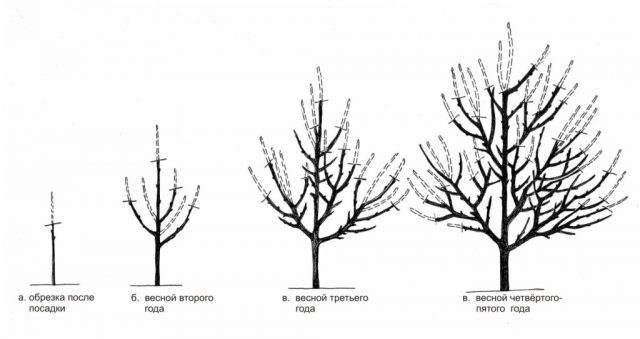Content
Virginia bird cherry is an ornamental crop recommended for cultivation in personal plots, looks great both as a single plant and in group planting. In landscape design, it is used for landscaping and decoration of alleys, squares, park areas.
Breeding history
The homeland of the Virginia bird cherry is North America, Virginia, where its name comes from. In the wild, the culture grows in the forest-steppe zone along the river banks on soft, fertile soils. Loves sunny, spacious places.
In Russia, an ornamental shrub variety is popular in the southern regions and the middle lane, less often in the Far East and Siberia.
The mention of the Virginia bird cherry as a culture growing in the Crimea and Central Asia has been found since 1724. It was officially recognized as an ornamental shrub in 1937, when the first garden specimens were grown from 4 seeds of wild virgin varieties in the State Botanical Garden (GBS). Already in 1950, a red-leaved variety of Schubert's bird cherry was cultivated with a delicate pink flowering and dark, purple leaves.
In the photo you can see how the Virginia bird cherry of the Schubert variety looks during the period of active flowering.
Description of the virgin bird cherry
Bird cherry virginiana (red, red-leaved, lat. Prunus virginiana) is an ornamental multi-stem bush or tree, up to 5 - 7 m high with a wide, spreading crown. It is classified as a garden ornamental plant of the genus Plum.
The bark of young plants is dark brown, adults are grayish, sometimes with dark purple veins. Kidneys - cone-shaped, 3 - 5 mm long, from yellowish to dark brown shade.
Leaves are dense, glossy, serrated at the edges. The outer side is saturated green, the inner side is slightly lighter. By autumn, the foliage becomes burgundy.
Pure white flowers of 15 - 30 pieces are collected in clusters-inflorescences up to 15 cm long. The flowering period begins in May-June and lasts on average up to 2 weeks. The flowers of the Virginia bird cherry are odorless.
The fruits are large, up to 1 cm in diameter, have a slightly astringent, sour taste. The color ranges from dark red to burgundy black, which is why the varieties of the Virginia bird cherry are often called red. The ripening period for the berries is at the end of summer. Ripe fruits in winter do not crumble from the branches, slightly drying out, but retaining their color and shape until next spring.
Breeders have bred several subspecies of the plant, differing in the type of crown, shade of leaves and flowers, and the presence of fruits. The most common varieties of Virginia bird cherry:
- Schubert (Schubert);
- Canada ed (Canada red).
Description of the Virginia bird cherry Schubert
Prunus virginiana "Shubert" is characterized by a wide crown, purple leaves and pest resistance.Perfect for decorating alleys, forest edges, shrub groups.
The plant is unpretentious, shade-tolerant, tolerates pruning, decorative haircut, transplant well.
Description of the bird cherry variety Schubert:
- tree height - up to 10 m, on average 5 - 6 m;
- crown diameter - up to 5 m; shape - pyramidal;
- the bark has a dark brown color, excised with small cracks;
- young leaves are green, by the middle of summer they become red-burgundy, purple; the sheet plate is dense, glossy;
- flowers - pale pink, bloom in the first decade of May;
- the fruits of the bird cherry of the Schubert variety are spherical, first red, then maroon, closer to black, shade, fleshy; ripen by the end of summer;
- the variety grows well in the shade or in diffused light, but prefers free, sunny space;
- bird cherry is unpretentious to the ground; the greatest decorative effect is achieved when planted in moist nutrient soil.
In the photo you can see the fruits of the Schubert bird cherry, collected in a brush.
Bird cherry Virginia Canada red (Canada red)
Virginia bird cherry varieties Canada red is one of the most popular and popular decorative multi-stemmed shrubs. Its height does not exceed 5 m, which allows landing even in small summer cottages.
The young spring crown is green, by the beginning of summer it acquires a purple hue.
The period of active flowering occurs at the end of spring. Snow-white small flowers, practically odorless, collected in tassels. Fruits are glossy, maroon color.
According to its characteristics, appearance, description of the bird cherry Canada ed, it is similar to the Schubert variety. Photos of trees and fruits are almost identical:
- Variety Schubert.
- Canada ed.
The peculiarity of the Canada red variety is its increased frost resistance, which makes it possible to cultivate it in the Northern latitudes, in the Far East, in the steppe regions with low winter temperatures.
The cultivar can grow in shaded areas with any kind of soil, but the sun and well-damp, fertile soil is preferable.
Main characteristics
The red-leaved Virginia bird cherry, regardless of the variety, is a fast-growing, frost-resistant, unpretentious shrub with lush beautiful flowering and tart, fleshy berries.
Drought resistance, frost resistance
The varieties of the red virgin bird cherry have high indicators of drought resistance and frost resistance - largely due to the fact that they are not susceptible to infections and diseases. Keeps the integrity of the leaf and bark well.
Bird cherry is most vulnerable to drought during the period of active flowering. During fruiting, the heat resistance of the variety increases.
At an air temperature reaching +30 - 35 oC, and insufficient moisture, the plant begins to gradually throw off the leaves, burns appear on them - whitish, brown or black spots.
The least favorable conditions for the variety are observed in the dry period from July to early August. During this period, gardeners are advised to pay increased attention to sufficient soil moisture.
Virginia varieties are characterized by increased frost resistance. Bird cherry safely tolerates frosts down to -35 oC.
Productivity and fruiting
With proper care and favorable weather conditions, experienced gardeners remove up to 6 - 8 kg of fruits from one developed bush of the Virginian bird cherry. On average, the variety produces about 2 - 4 kg of berries per season.
Good fruiting rates are due to late flowering - at the end of spring, when the probability of recurrent spring frosts is minimal. The late ripening of the berries of the variety at the end of summer provides them, in comparison with the common bird cherry, with a sweeter, softer taste with moderate astringency and sourness.
Virginia varieties are characterized by active growth - up to half a meter per year. A young plant begins to bear fruit annually in the 4th year, if it was formed from a root process. A bush formed from green cuttings bears a harvest in the 3rd year. On a plant grown from seeds, berries will appear no earlier than 5 years after planting.
The fruits of the Virginia bird cherry are dense, resilient, and tolerate transportation well. If the harvest is not removed from the tree on time, the berries will dry out slightly, but will not crumble, and will remain on the branches until the next flowering.
Scope of the fruit
Red bird cherry is rich in vitamin C, due to which it is widely used in therapeutic and prophylactic nutrition, as well as in cooking.
The fruits are frozen, dried, grinded, canned, consumed fresh. Bird cherry is good for making fruit drinks, compotes, jelly, decoctions and tinctures, as a filling for baking.
In home medicine, berries speed up metabolism, normalize digestion, lower sugar levels, and help fight colds.
Disease and pest resistance
High resistance to diseases and pests made the virgin varieties of bird cherry one of the most popular not only among amateur gardeners, but also among landscape designers. Red bird cherry is widely planted in park city zones, squares, alleys.
Advantages and disadvantages of the variety
Gardeners who planted virgin bird cherry on their plots note certain advantages and disadvantages of its cultivation.
In addition to the high indicators of drought and frost resistance of the variety, other advantages can be noted:
- unpretentious care;
- undemanding to the composition of the soil;
- beautiful dense crown, lush bloom;
- ease of reproduction;
- pest resistance;
- fast growth.
In addition, the variety easily tolerates pruning, allows you to form any kind of crown.
The variety also has disadvantages:
- due to its rapid growth, the plant requires frequent pruning, uprooting of root processes;
- volunteer sprouts in the spring, which also requires a certain thinning.
There are undoubtedly more advantages. Virginia bird cherry is an excellent choice for landscaping and beautifying the local area.
Planting and caring for the Virginia bird cherry
Virginia bird cherry seedlings are planted in sunny areas in spring or autumn at a distance of 5 m from each other.
The varieties are undemanding to the composition of the soil. Ideal growing conditions are created on loamy soils with a neutral, slightly acidic or slightly alkaline environment. It is desirable that groundwater is not deeper than 1.5 m from the surface.
Landing Algorithm:
- Dig a hole 40-50 cm deep on the site chosen for planting.
- Add drainage to the bottom: a layer of sand and peat.
- Cover with 300 g of superphosphate, cover with a layer of excavated soil so as not to burn the roots of the plant.
- Moisten the soil.
- Place the seedling in the hole, carefully spread the roots.
- Sprinkle tightly with earth, moisten.
- Mulch the trunk circle. Straw or sawdust is ideal for this.
At the final stage, the top of the seedlings can be cut at a height of about 50 - 70 cm to form the skeletal frame of the future tree. But this procedure is not mandatory, it is carried out at the request of the gardener.
Follow-up care
Regular care of the Virginia bird cherry includes a one-time watering in extreme heat, crown formation, removal of young shoots, and top dressing.
A mature, strong tree does not need frequent watering. The developed root system ensures uninterrupted power supply even in dry times. Generous soil moistening may be required when fruits ripen at a high average daily temperature and a complete absence of precipitation.
Care for the root hole of young bird cherry consists of regular removal weeds, mulching, loosening.
A grown tree is less demanding. The only task of the gardener is to dig up young growth, sprouting from the roots of the mother tree or from fallen seeds.
For abundant flowering under bird cherry, top dressing is applied: in the fall - manure or wood ash, in the spring - liquid mineral additives.
Bird cherry virginiana does not require special preparation for the winter period. The high frost resistance of the variety allows you not to cover the tree.
Pruning virgin cherry
The first pruning of a virgin bird cherry seedling is carried out immediately after planting, if the tree has reached a height of 60 - 80 cm. It is shortened to about half a meter in order to lay strong lower branches. Further pruning is carried out annually, it can be decorative (to form the crown) or sanitary.
Formative pruning is carried out in early spring once a year, before the start of sap flow. To create a decorative look, the tree trunk is shortened by 50 cm, forming skeletal branches. The processes growing inward, as well as thickening the crown, are removed.
Sanitary pruning is carried out not only in spring, but also throughout the year: damaged, rotten, pest-infected shoots are cut off, the saw cut is treated with garden pitch or ordinary whitewash.
Breeding methods of virgin bird cherry
Gardeners do not have any difficulties with the reproduction of the Virginia bird cherry. A young tree can be obtained from seed, root growth, green cutting.
Seed propagation is an ineffective and time-consuming method. Such bird cherry will bloom no earlier than 5 - 7 years after planting. In addition, some varietal characteristics of the mother tree may be lost.
A more reliable and popular breeding method is with green cuttings. For seedlings, cut strong young shoots that have completed growth, remove the leaves, leaving only 2 top ones. After soaking the cuttings (any growth stimulant is used for this), they are transferred to the nutrient soil and watered well. In the fall, the shoots are planted in a permanent place.
Good results are obtained by vaccination of bird cherry. The variety begins to bear fruit as early as the 3rd year, retaining all the specific features and characteristics.
Diseases and pests
Most often, the variety is susceptible to infection by bird cherry moth, marsupial fungus, and suffers from fusarium desiccation. It is less common to colonize aphids, weevils, silkworms. Treatment of the plant with insecticides in early spring - before flowering and in early summer - after, as well as timely pruning, help to avoid extensive damage to the bark and leaves.
Neglected cases require immediate action: damaged shoots are completely removed, the tree is treated with chemicals.
Traditional methods also help scare off insects: spraying with soapy water or tobacco infusion. But they are more related to preventive measures.
Conclusion
Virginia red bird cherry is an unpretentious plant that adorns green spaces from mid-spring to deep winter. Resistance to frost, drought and pests makes the variety a favorite and desirable in garden plots, city parks and squares.

